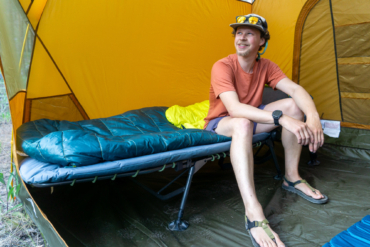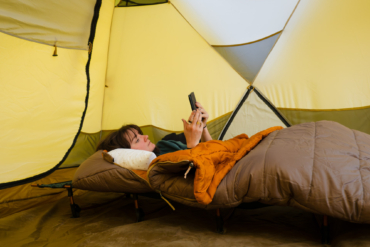Next to feeding and hydrating yourself, survival in the wild could come down to preventing injuries going from bad to worse. Antiseptics, anti-inflammatories, and coagulants abound in nature. Identifying them could mean the difference between life and death in a real emergency.

Everything from aspirin to antacid has its roots in botanical medicine. While advancements have developed new compounds, the plants from which modern medicine evolved can still be found in the wild.
A new pocket guide for travelers to the Rocky Mountains outlines endemic flora that can be used to treat common maladies when roughing it through the mountains. We got a look at six useful medicinal plants and their applications, including natural anti-virals, bug repellents, poultices, and more.
Excerpted with permission of the publisher Waterford Press from Medicinal Survival Plants of the Rocky Mountains by Jason Schwartz. Copyright (c) 2015 by Waterford Press Inc . All rights reserved.
Trembling Aspen (anti-inflammatory, sunblock)

Aspen leaves and inner bark contain salicin, an anti-inflammatory similar to that contained in aspirin. Chew raw or make a decoction for relief of pain, fever and diarrhea or to reduce inflammation due to injury. The powdery coating from the bark of aspen has an SPF of 5. Rub it on your skin to prevent severe sunburn.
Habitat: Foothills to Subalpine Zones. Alaska to New Mexico.
Harvest: Leaves, inner bark, powdery substance on outer bark.
Pineapple Weed (digestive relief, calmative)

Rub leaves on skin to repel insects or relieve itching. As a member of the chamomile family, pineapple weed tea is great for relieving upset stomach, indigestion, diarrhea, menstrual cramps or for calming nerves.
Habitat: Grows in disturbed soil in Foothills and Montane Zones. Alaska to New Mexico.
Harvest: Leaves and flowerheads.
Narrow-Leaved Yucca (soap, anti-viral, fungal, bacterial)
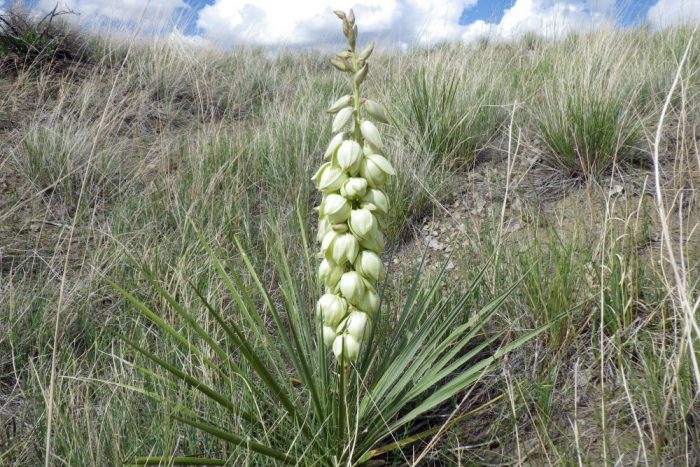
Yucca roots are a natural source of soap. They contain a high concentration of saponin, an antibacterial, antiviral and anti-fungal foaming and detergent agent. To prepare, dig up plant with a stick to access the root. Cut root from plant and remove dirt. Peel off the outer layer. Lay root on hard surface and crush with a clean rock. Hold crushed root in hand and add water while rapidly swishing hands together. This will produce a foam similar to commercial soap. WARNING: Although most report no issues with yucca soap, test on a small area of skin before using it in case of allergy.
Habitat: Plains to Montane Zones. Southern Alberta to New Mexico.
Harvest: Roots.
Wild/Big Sage (bug repellent, antiseptic, deodorant)
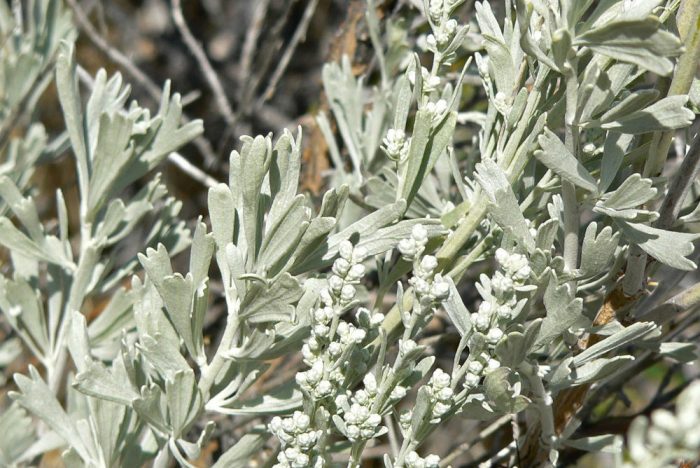
For an insect repellent, rub sage on the skin to repel insects. For infections, when made into a tea, sage is strongly anti-bacterial and anti-viral. Use for fevers, colds and Rocky Mountain Spotted Fever. Inhale steam from boiling tea to treat asthma and lung infections. Gargle with sage tea to combat mouth infection or sore throat from a virus or bacteria.
Topical Wound Treatment: Sage leaves can be chewed and applied to cuts and wounds to prevent or kill infection. Use sage tea as an anti-bacterial wash to pour on wounds to kill infection.
Deodorant: Rub raw sage leaves on your skin for a natural deodorant. Alternately, you can take a “smoke bath” by tossing green sage onto a fire and “bathing” in the smoke. This will kill bacteria and help to eliminate body odor.
Habitat: Plains, Foothills and Montane Zones. Depending on species, wild sage can be found as far north as Alaska to New Mexico.
Harvest: Leaves, seeds.
Rocky Mountain Willows (anti-inflammatory, poultice)

The bark contains salicin, an anti-inflammatory with qualities similar to aspirin. Use as an astringent, anti-inflammatory, tonic, or diuretic. Poulticed leaves foster wound healing. Decoction of tree bark is used to relieve headaches, fever and diarrhea, and is also a good wash for wounds.
Habitat: Plains to Subalpine Zones. Alaska to New Mexico.
Harvest: Bark, leaves.
Prickly Pear Cactus (poultice, burn relief)
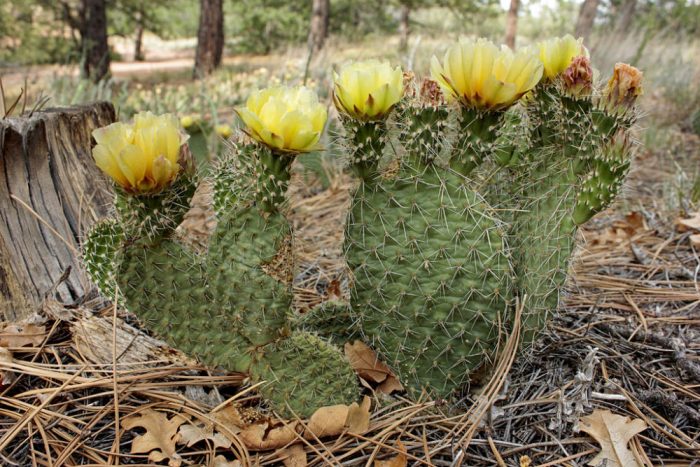
Make a poultice of peeled pads and apply to wounds, burns, etc. To prepare the fleshy pads, burn off the spines. If small spines remain, carefully cut off the outer skin containing the spines. CAUTION: The smallest spines are hard to see, but despite their small size, they can cause an aggravating skin wound for several days.
While removing the spines, use a stick, heavy gloves or a piece of heavy cloth or animal skin to hold the cactus pads. Never attempt to remove the spines with your mouth; the spines could work their way into your mouth, tongue or windpipe, causing extreme discomfort or even serious injury or death.
Edible: The flesh, fruits and flowers are edible raw or cooked.
Habitat: High Mountain Deserts and Prairies to Foothills and Montane Zones. Lower British Columbia and Alberta to New Mexico.
Harvest: Fleshy pads.
—Medicinal Survival Plants of the Rocky Mountains is available now from Waterford Press. For $8, it is a simple, useful guide to stay healthy on your next trek through the wilds.


